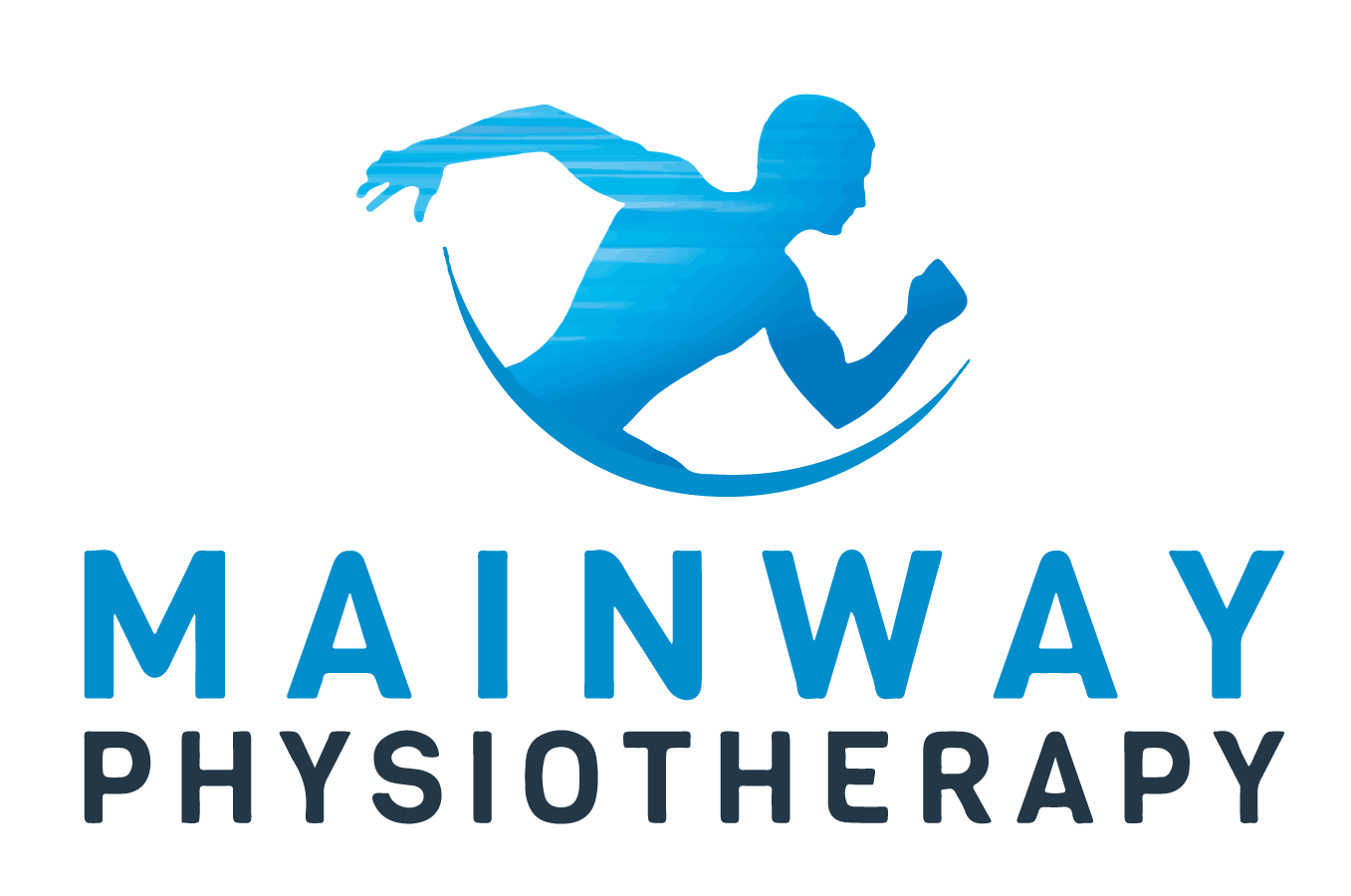Exercises After Child Birth
How do I prevent pain after giving birth?
Our Pelvic Floor Physiotherapists suggest becoming involved with pelvic health before starting the journey of pregnancy and child-birth. Many exercises can help make everyday muscle weakness less painful after pregnancy. However, it can vary with each pregnancy and individual. We offer strength individualized exercise programs with our Pelvic floor Physiotherapists. We can help recognize and minimize with the causes of incontinence, pelvic organ prolapse, weakness in pelvic muscles, and increased or decreased pelvic muscle tone. Realistically, you will have pain after giving birth, but as Pelvic Floor Physiotherapists, we are trained to help you minimize and manage your particular pain.
What are some signs I should do exercises after birth?
We believe it is more beneficial to seek professional help with a Pelvic Floor Physiotherapist before participating in vigorous exercise during the pre/postnatal phases. We can guide you on appropriate exercises for you as an individual, and provide education on movements/exercises to avoid (ie, waiting ~7 weeks before starting any jumping/high impact exercise). If you feel you would benefit from a more thorough Pelvic Floor Assessment, please contact us to assist you along your journey.
How long should I do exercises after giving birth?
At Mainway Physiotherapy, we believe exercise should be a part of your everyday life! Therefore, we also believe after giving your body a chance to heal from childbirth, it is beneficial to return to exercise and gradually we can progress back to what your normal may be. Together, we can design an exercise program that will best suit you and your goals. Each and every patient will have different desires, goals and abilities, therefore, there is no specific timeline set in place; everyone will be different and unique!
What other therapeutic techniques complement exercises to assist in healing after pregnancy?
Some techniques that can play a vital role in pelvic health include learning how to control and contract pelvic floor muscles and when to control them. Let’s use
incontinence as an example. Using strategies such as self-distraction, crossing your legs, or sitting at the corner of a chair or table, can help prevent and manage
incontinence in the short term. However, long term we would like to teach you how to use these pelvic floor muscles more effectively in order to prevent incontinence from occurring.
There is a lot that a Pelvic Floor Physiotherapist can assist with from a pre and postpartum perspective. It is important that if you feel you could benefit from gaining further insight and assistance during this exciting phase of your life, please feel free to call or book an appointment with our certified Pelvic Floor Physiotherapists.


